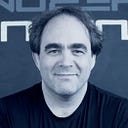An Amazing Journey: Pictures from D-Wave’s Early Days
After 22+ years, D-Wave lists on the New York Stock Exchange
On Monday August 8th at 6:30am Pacific time, D-Wave will ring the bell to open the New York Stock Exchange.
The D-Wave story is an incredible one. Some day I hope to tell the whole story. But for now I’d like to just share some photos and recollections from the very early days to celebrate the team and the amazing things they have accomplished.
Haig Farris, and how it all started
In 1997 I was a PhD student in theoretical physics at the University of British Columbia. There was a course offered in the business part of the campus called Introduction to Technology Entrepreneurship. It sounded interesting, so I signed up. The course was organized and led by Haig Farris, one of the founders of Ventures West, which was the biggest Venture Capital firm in Western Canada at the time.

Haig, and that course, changed my life. The way the course worked was Haig would invite people from the Vancouver start-up ecosystem to tell their stories. The first speaker in the class was Norm Francis, the CEO of Pivotal. Pivotal was funded by Kleiner Perkins, which was in the mid to late 1990s one of the best known VC firms in the world.
The story Norm told was of the roadshow for taking Pivotal public at a valuation above one billion dollars. I recall thinking two things: (a) I don’t think I’ve ever heard anyone ever say the phrase one billion dollars and (b) … maybe I could do that!
During my time in the class, I got the opportunity to give a presentation on my research. I introduced some of the basic concepts of quantum physics. Haig liked the presentation well enough that he kept inviting me back to do update presentations to his class. Ultimately that led to a 1998 presentation where I talked about an exciting new idea in physics related to what I was working on — quantum computing.
Haig, being the eternal optimist that he is, asked me if I was interested in figuring out how to actually build a quantum computer. I told him that it might be impossible. But it would sure be exciting to find out. And I was up for trying! (Man did I not know what I was getting myself into).
He then wrote me this check. I used the money to buy a laptop and printer and worked for the next few months on a business plan.
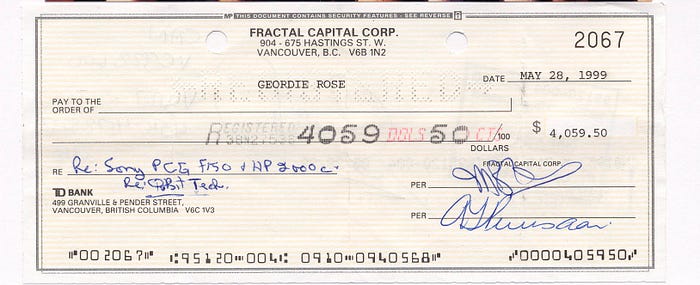
Haig and I then went around to the local investment community looking for others that would be interested in investing. The first person who said yes was Barry Lando, one of Haig’s friends (and a former longtime producer of 60 Minutes). Paul Lee (more on him later) was second, and then Norm Francis himself came onboard! Norm’s volunteering to participate in Haig’s class and his willingness to invest his capital in something crazy and new were both critically important to getting going.
We eventually scraped together about $500K from Vancouver folks. And that’s how it all started.
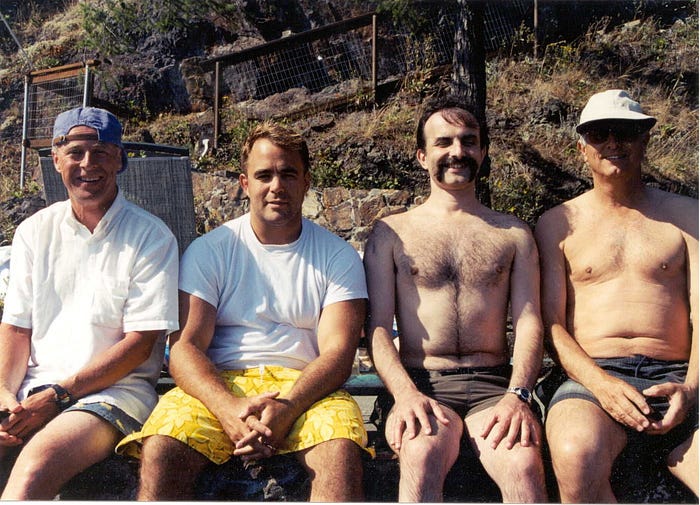
After the initial seed money came in, both Todd Farrell (GrowthWorks) and Geoff Catherwood (BDC) invested in the company. We got a tiny little office in a basement at the corner of 6th and Fir in Vancouver. We were on our way!


Haig and I eventually found our way to Sand Hill road, pitching everyone who would listen. This was during the final days of the dot com boom. I did not realize at the time how fortunate I was to have been in that place at that time.
One of my first silicon valley pitches was to Kleiner Perkins, where I started learning on the job how to (not) pitch investors.
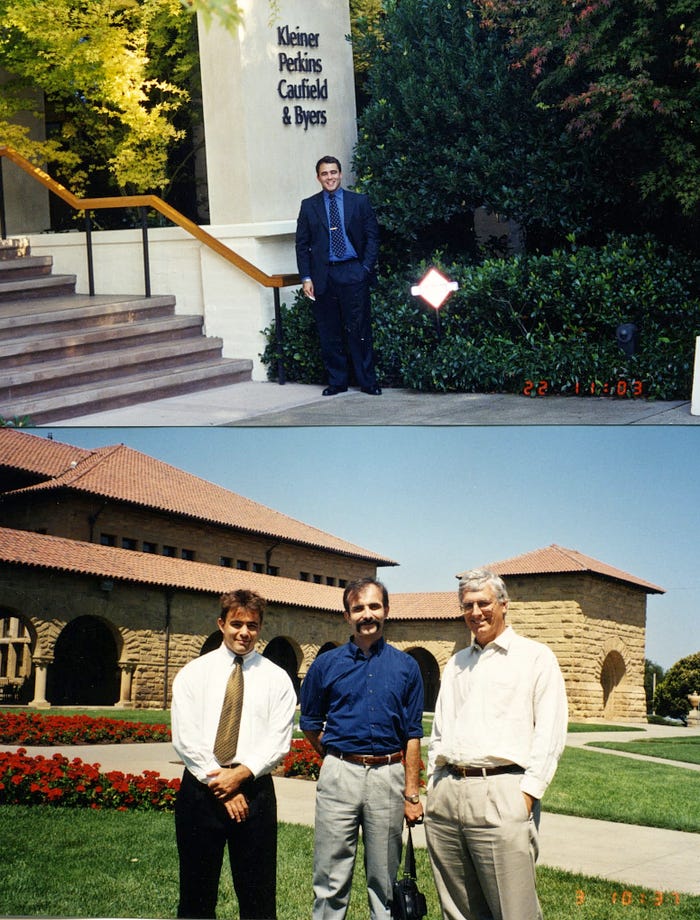
I can’t recall who it was, but one of my very first pitches went something like this. I launched into my physicist-ey explanation of what quantum computing was, and the guy interrupted about 30 seconds in and asked “where’s your 6 month IPO?”. I kind of paused for a few moments and then he said “get out”. The dot com boom was a special moment in history for sure.
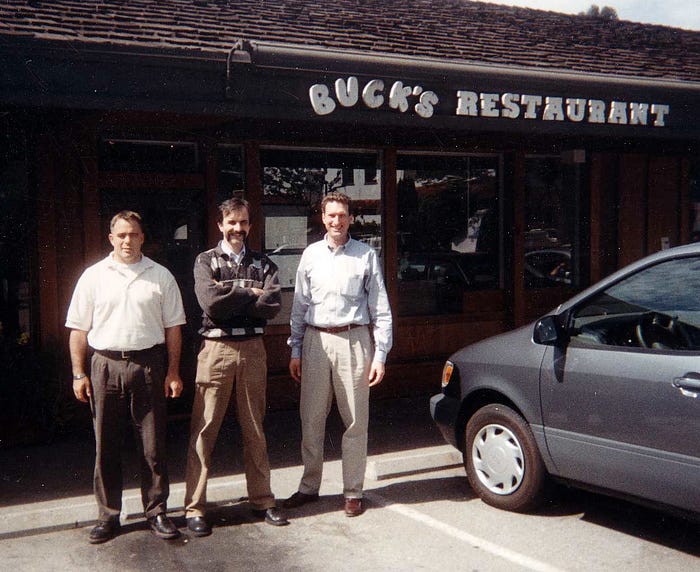
While I was out trying to raise capital, the work of figuring out how to actually build a real quantum computer was beginning at the company. Back then, the entire field was so new that no one really knew what to do to make progress.
Our strategy for the first few years was to work with the smartest people we could find, ask (and hopefully answer) basic questions about how technologies in the QC ecosystem might work, and slowly make progress towards figuring out what to build, and how.
More than 20 years after those heady early days, many of the key players who answered those questions and made quantum computing possible, not just for D-Wave but for everyone, are still hard at work pushing the boundaries of what quantum computers can do. The entire field, and the industry that has grown up around it, owes a huge debt to these folks.
As D-Wave transitions to a public company, I’d like to share some of my photos and recollections from the very early days of D-Wave of some of the people who are the unsung heroes of the quantum computing story.
Mohammad Amin
Mohammad and I were in the same condensed matter theory PhD program at UBC. He was one of the first people to join D-Wave. Today he is the company’s Chief Scientist, and one of the smartest people I’ve ever worked with. It was an amazing stroke of luck that Mohammad joined D-Wave in the early days. His persistence and brilliance are unparallelled. He has been the thought leader on understanding the extremely complex theoretical underpinnings of the systems D-Wave builds for pretty much the entire 22+ year history of the company.
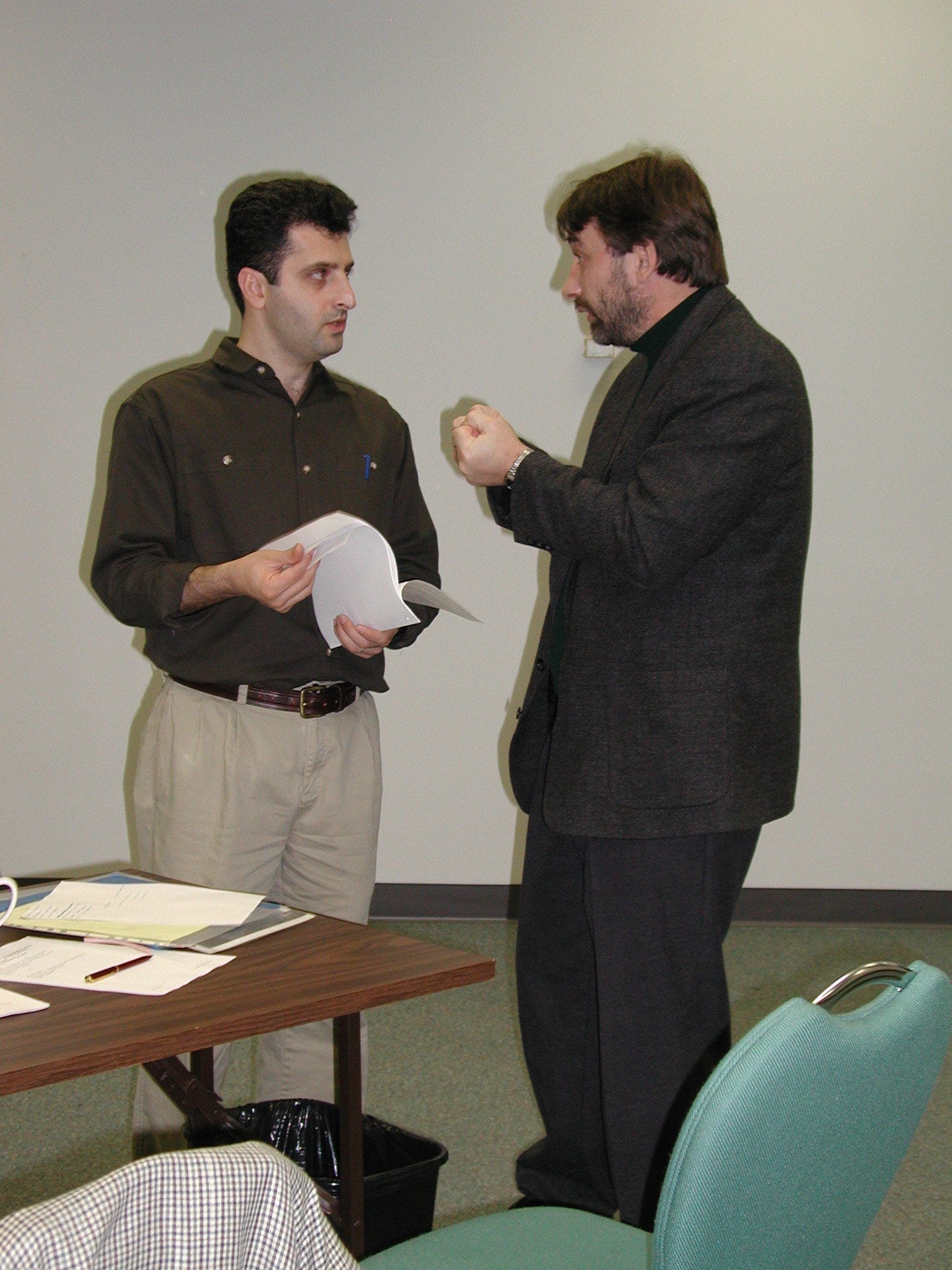

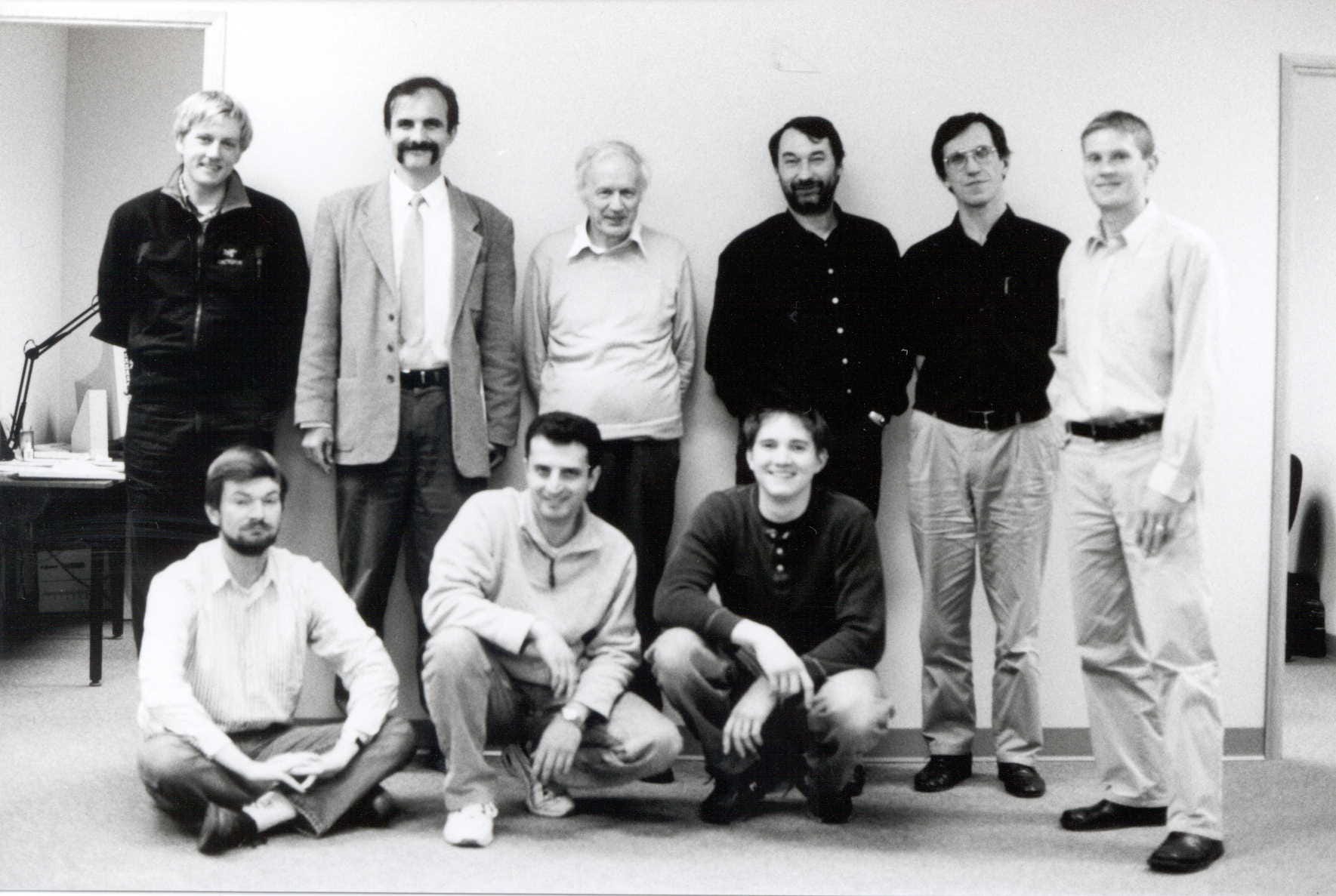
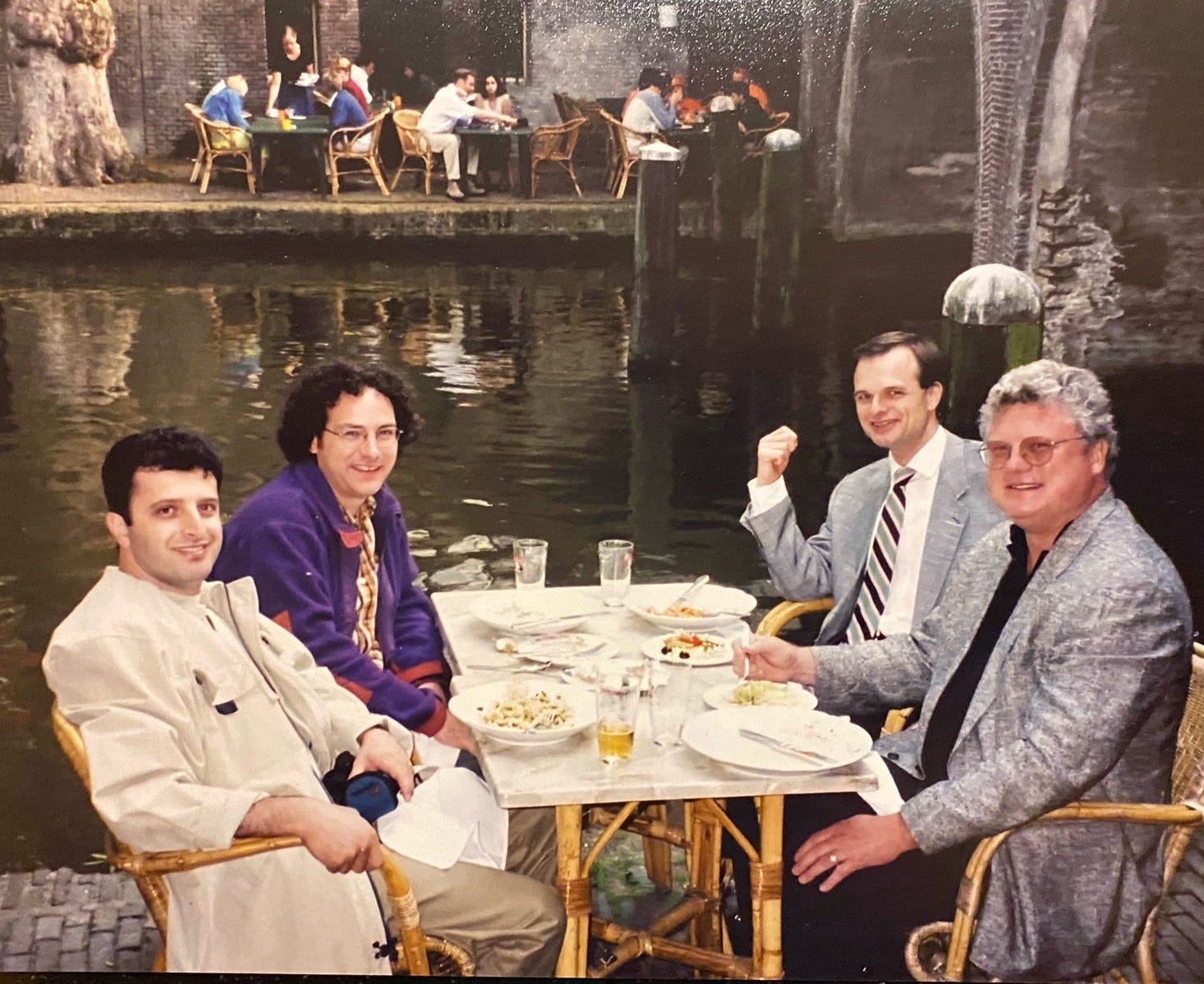

Jeremy Hilton
Jeremy was also one of the first hires at D-Wave. He started off drafting patents and over time eventually ran most of technology. Jeremy was a central figure in managing innovation and technology development throughout the time he was at D-Wave.
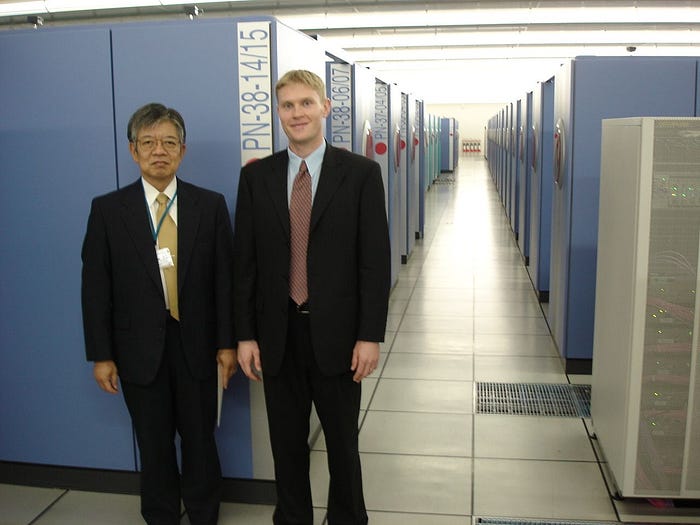
Murray Thom
Murray was an early hire at D-Wave and is currently VP, Product Management. Murray has done a bit of everything over the past 20 years or so, including hardware design and build, software, and sales.
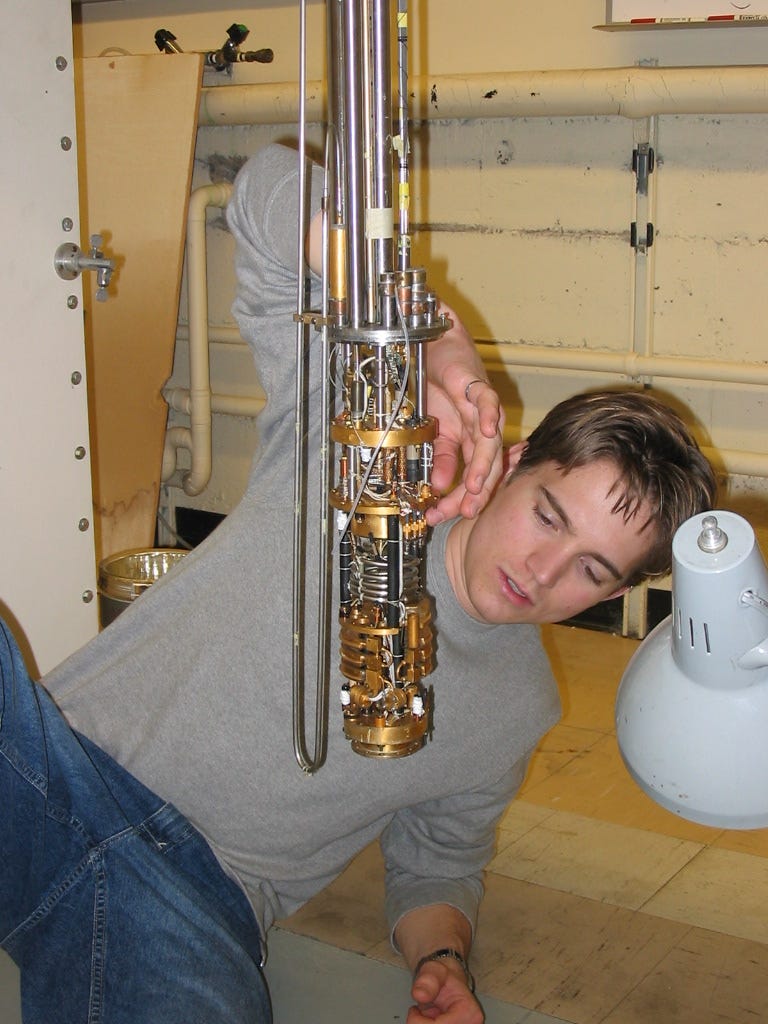


This is an early filter array that was one of the images we used the most in the early days. Murray designed it, and also took this picture himself.

Andrew Berkley
Andrew was D-Wave’s first experimental physics hire. In the early days (1999–2003), the company’s model was to fund academic research groups to try out novel things that could some day be important for quantum computing, and own the resultant intellectual property. In 2003 we decided that was not going to work, and committed to actually building a real quantum computer ourselves. The first person to join to do that was Andrew. At the time, Andrew was a star in the academic world, being in a group that was the first to ever show entanglement between two superconducting qubits.
To say that Andrew lived up to the billing would be a dramatic understatement. He was instrumental at every step from the earliest first steps to the current versions of the technology. He is currently a Principal Scientist.

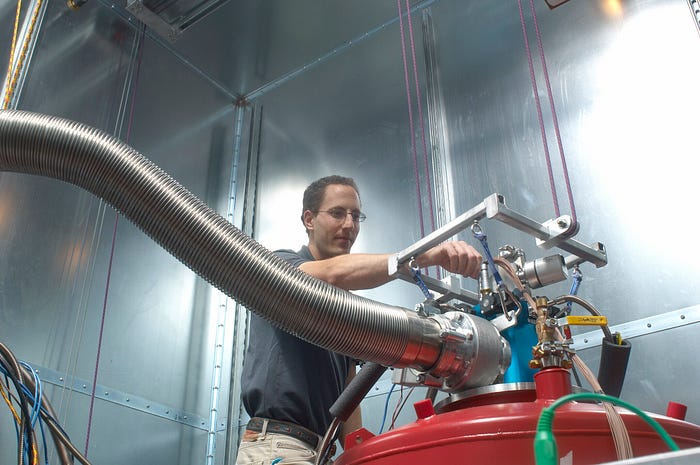
Steve Jurvetson and Alexei Andreev
Steve and his firm DFJ was the first silicon valley firm to invest in quantum computation. Steve is well-known as a technology investment visionary. He was an early backer and board member of Tesla, SpaceX and Synthetic Genomics just to name a few. He is also a good human and one of the best investors I have ever had.
Steve was second only to Haig in the number of pictures he took of the early days of D-Wave. It’s a different world now — everyone takes pictures of everything. But back then, there were no smartphones. You needed to carry around an actual camera. Which Steve thankfully did. You can see a bunch of Steve’s D-Wave shots here.
Steve had one of the earliest Tesla roadsters. It was green. He took me on a drive in it on and around DFJ’s offices on Sand Hill road, probably around 2006. I remember being somewhat terrified.


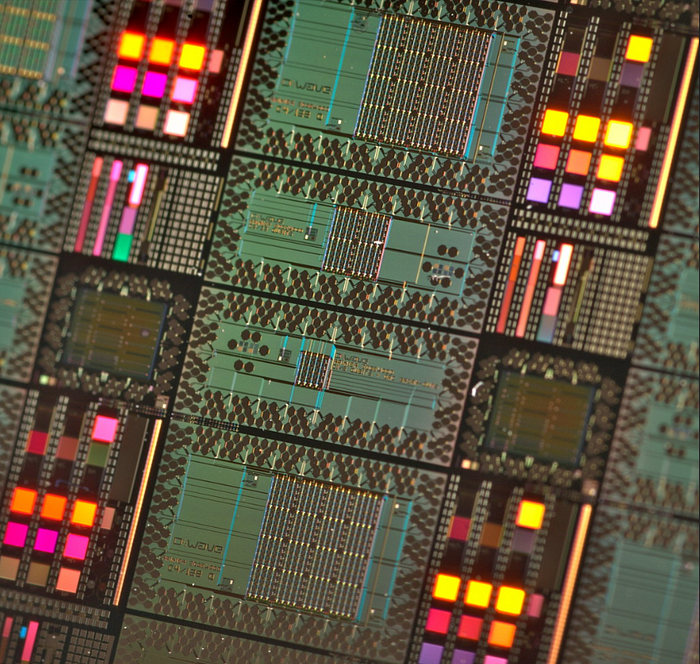
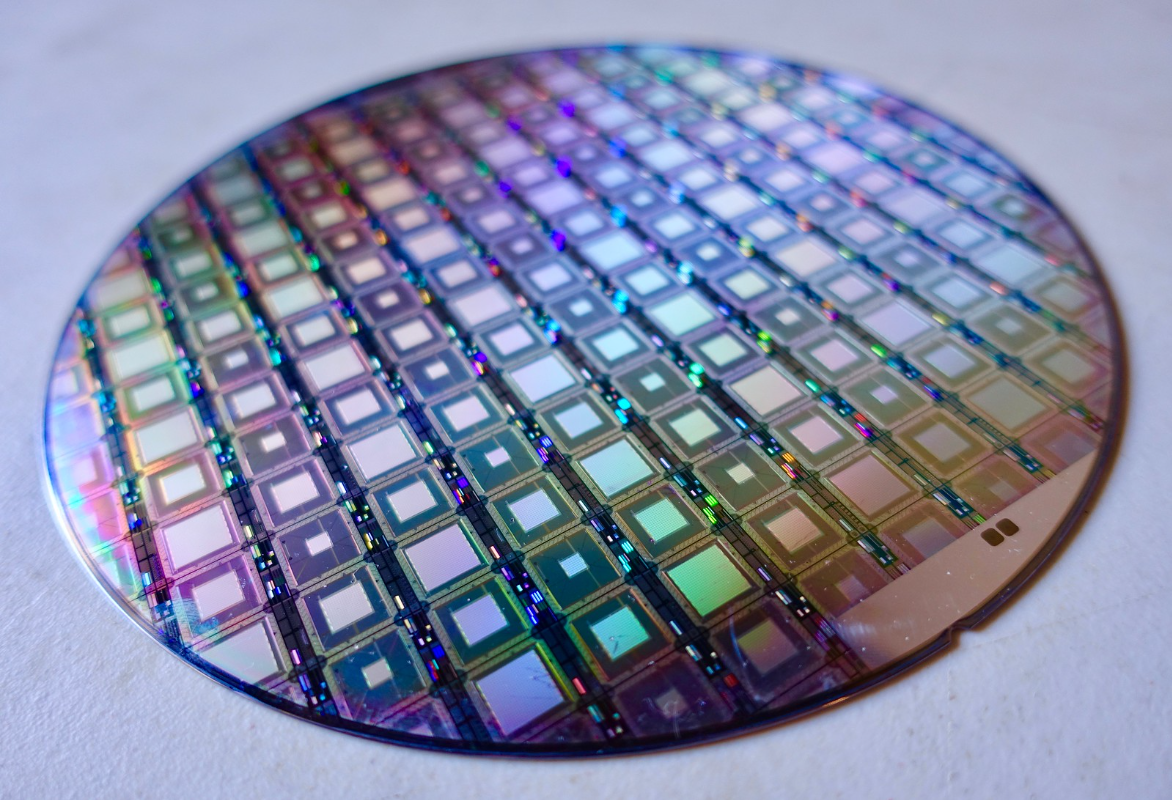

DFJ was really important to D-Wave. As with many of the things that happened over the years, the company would not still be around without their support. At the time Alexei Andreev was part of the DFJ team. Alexei had a similar academic background to mine (condensed matter theory PhD). We ended up working together for many years.


Here’s a collection of shots of our early visits to the DFJ office on Sand Hill road. The first time I spoke with the DFJ folks it was actually in Redwood City, but unfortunately I don’t seem to have any photos of that.
I always loved visiting this office. Steve had a world class collection of early core memory boards (which were actually not that far from the D-Wave processor design!) and space paraphernalia. The people were terrific. Also they always had a lot of good food, space, and coffee.
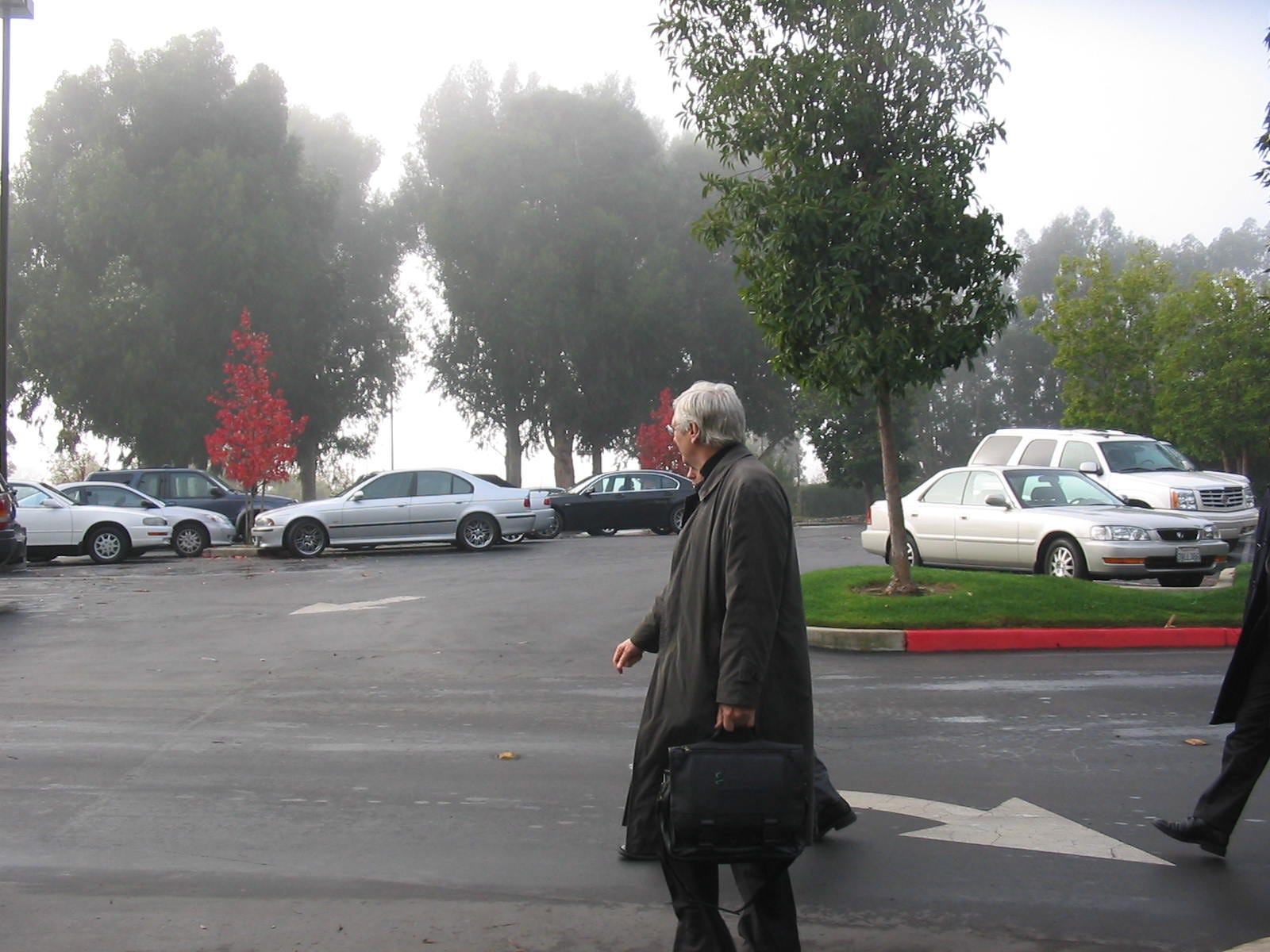



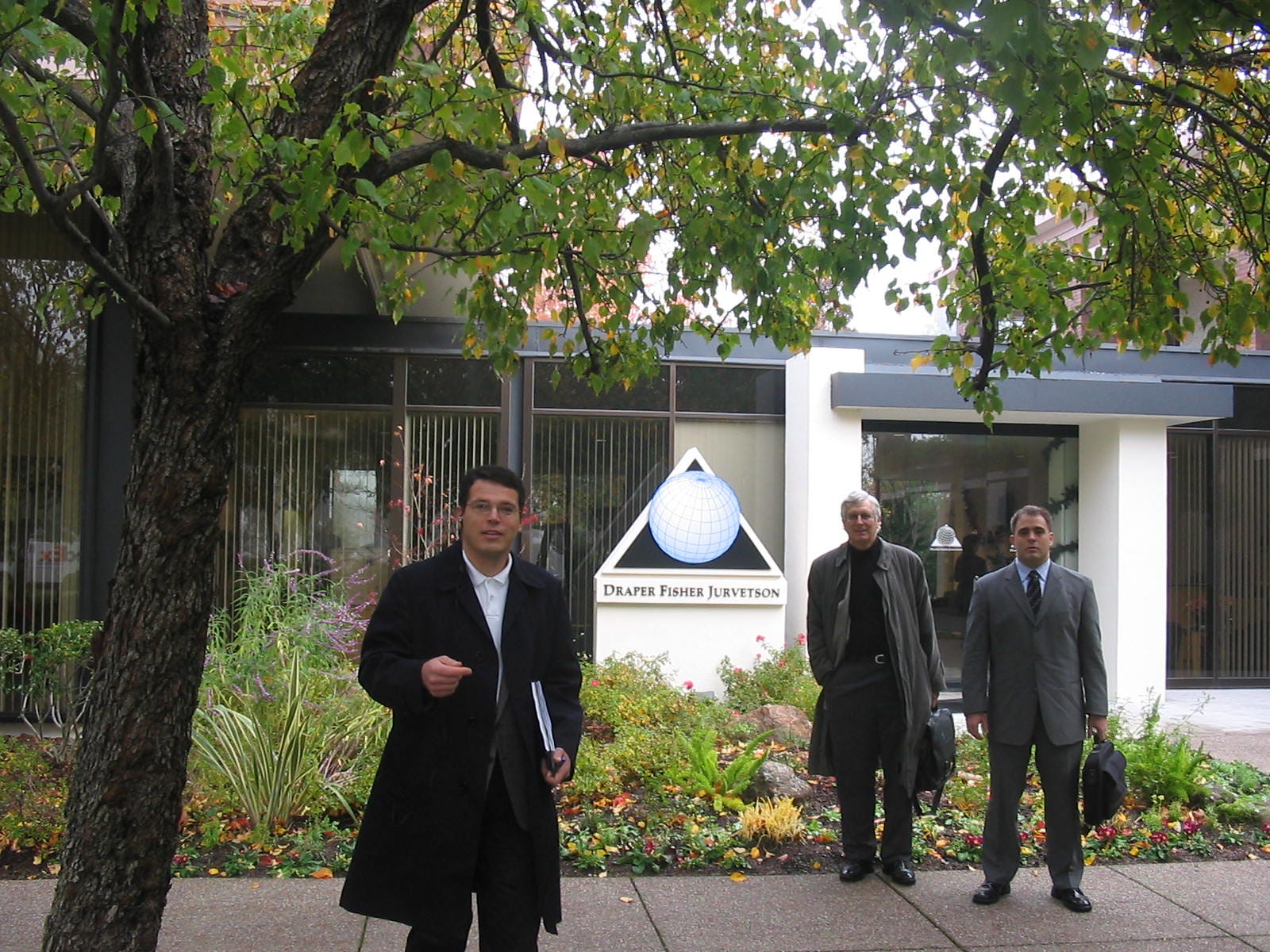
Steve also coined “Rose’s Law” (thanks Steve). Back around 2003 when we first showed quantum coherence between two qubits, I guess I predicted that we could double the number of qubits on a chip every 18 months or so, just like Moore’s Law. In turns out I was right! Here are some pictures of those early chips.
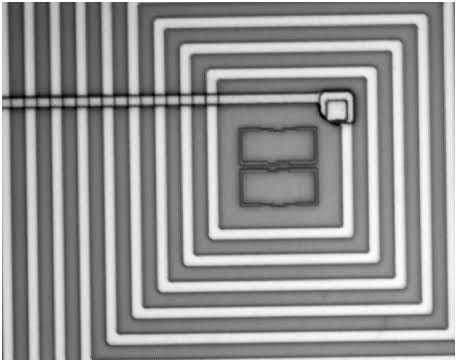
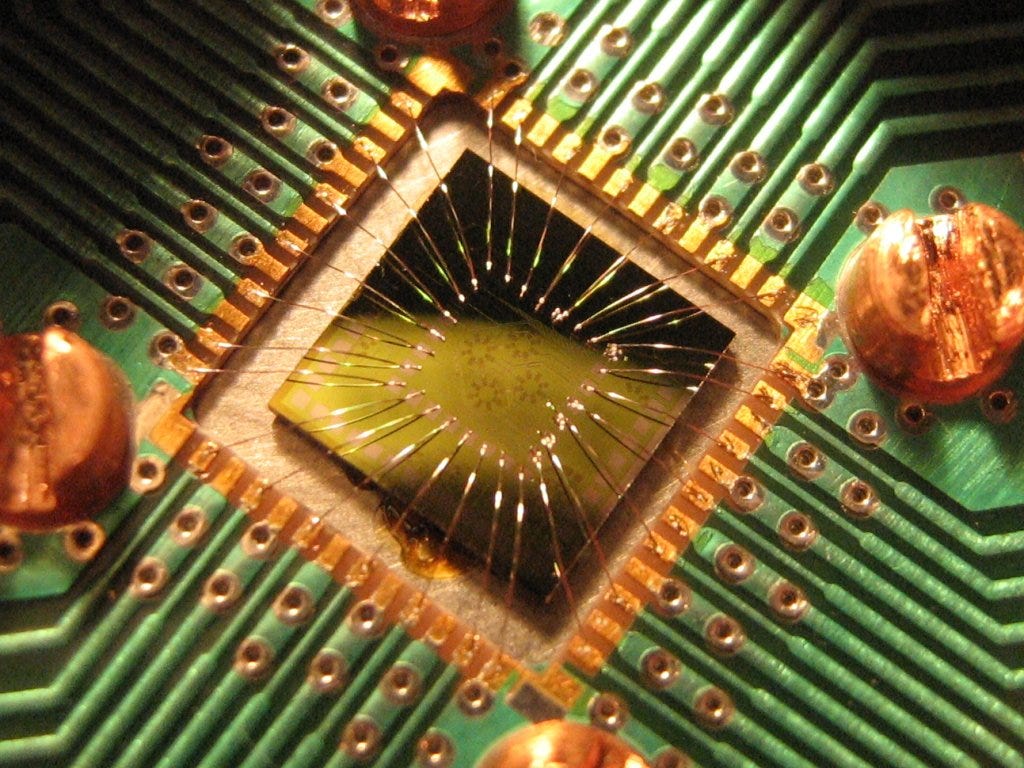
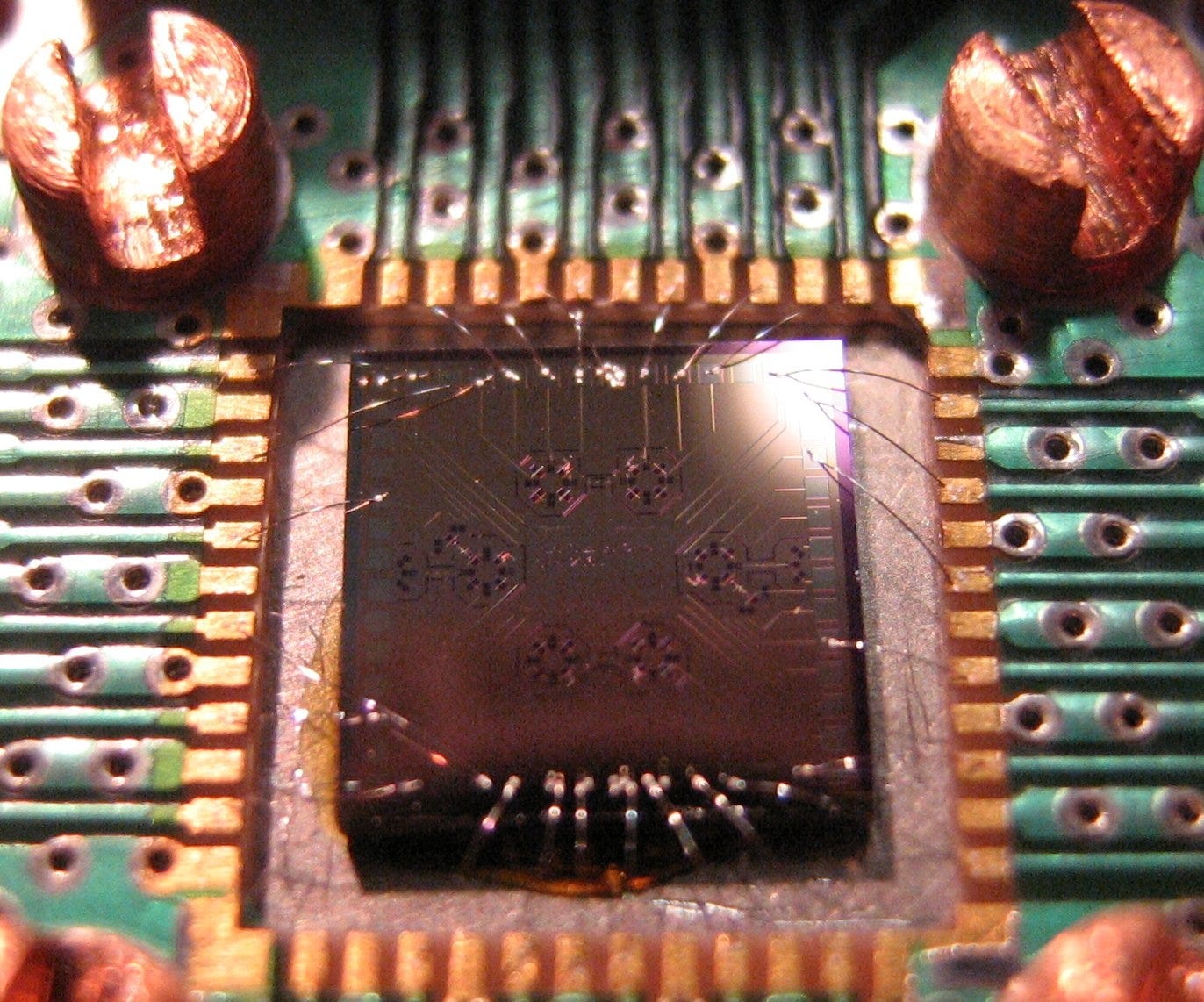


Evgeni Il’ichev and IPHT
One of D-Wave’s most important early collaborators was Evgeni Il’ichev and the institution he worked at (IPHT). IPHT is an advanced research facility in Jena, Germany. Many of the initial experiments that convinced us that superconducting qubits could work as information storage devices in a quantum computer were done there.
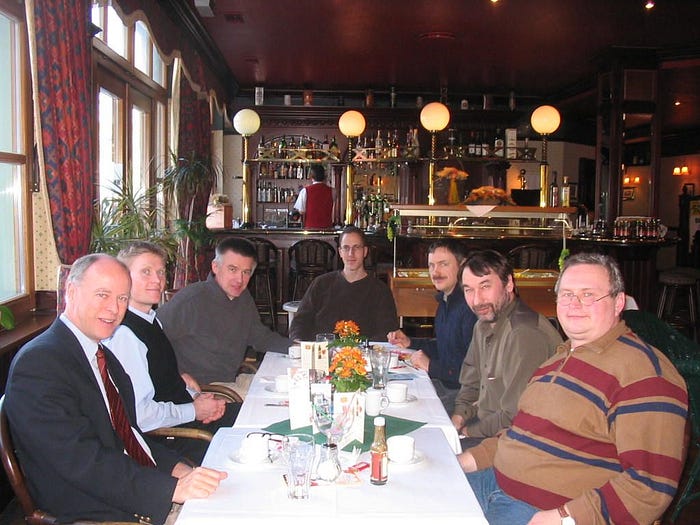

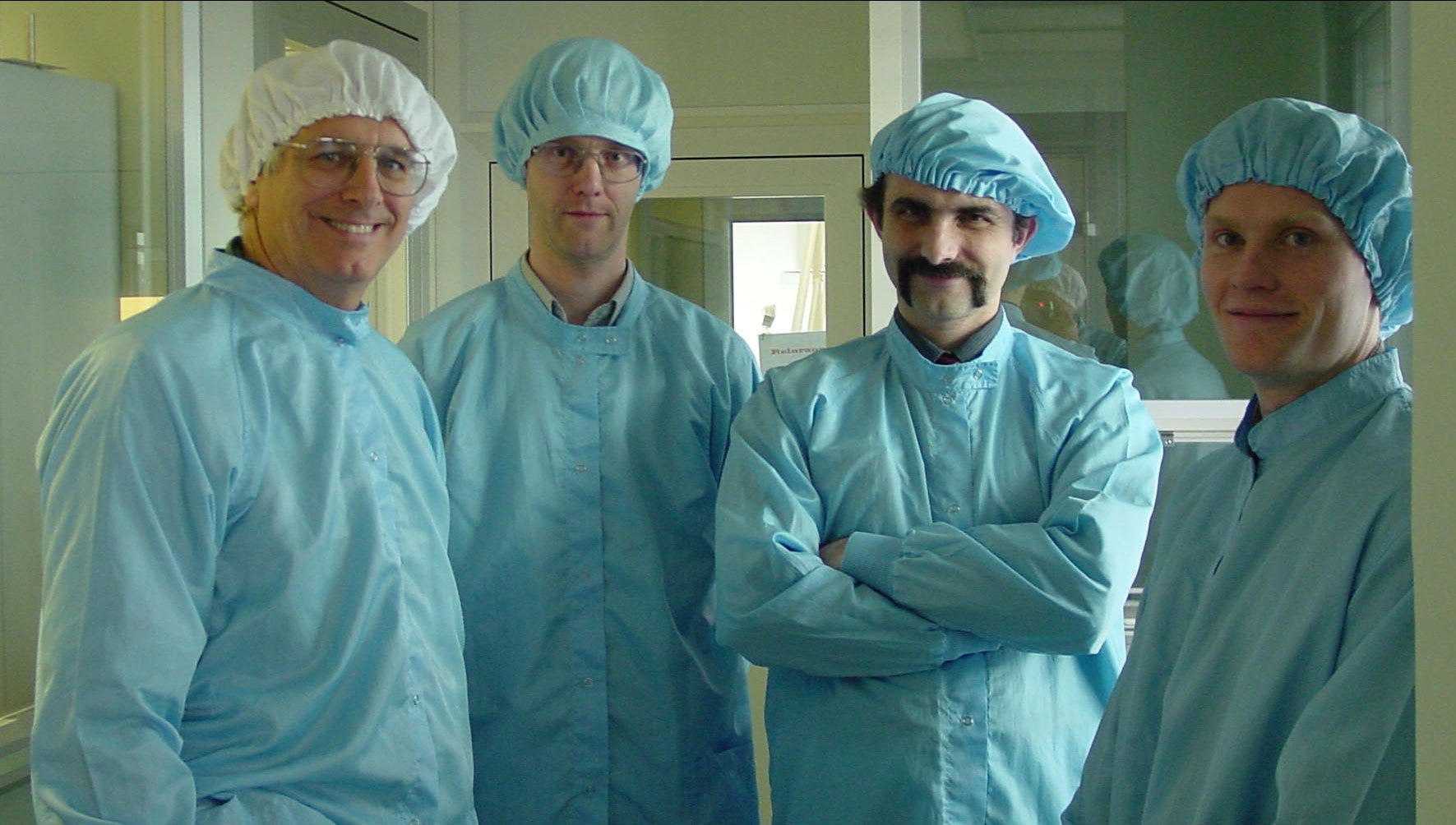


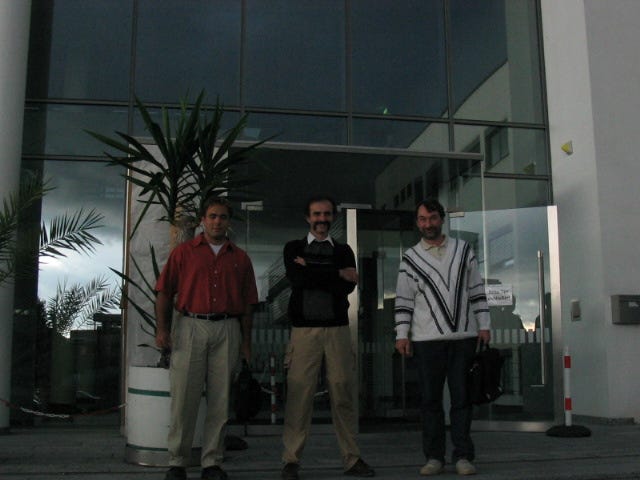


Ed Farhi and Peter Shor
The quantum computer processor design we eventually chose as the most likely to work was initially proposed by scientists at MIT. Over the years we would visit them regularly to chat about developments and new ideas. Two of the people there that were always very gracious were Ed and Peter. While I don’t think we ever actually worked on anything together I always looked forward to meeting with them both, and sharing ideas and stories.
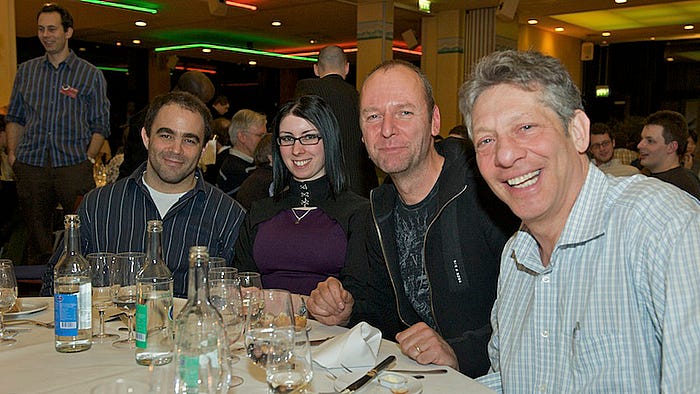
Paul Lee
Paul came in as an early investor and has been a good friend ever since. He is the chair of the D-Wave board today. In the early days of D-Wave, we hired many former Electronic Arts execs and Paul was instrumental in that connection, being formerly president of EA.
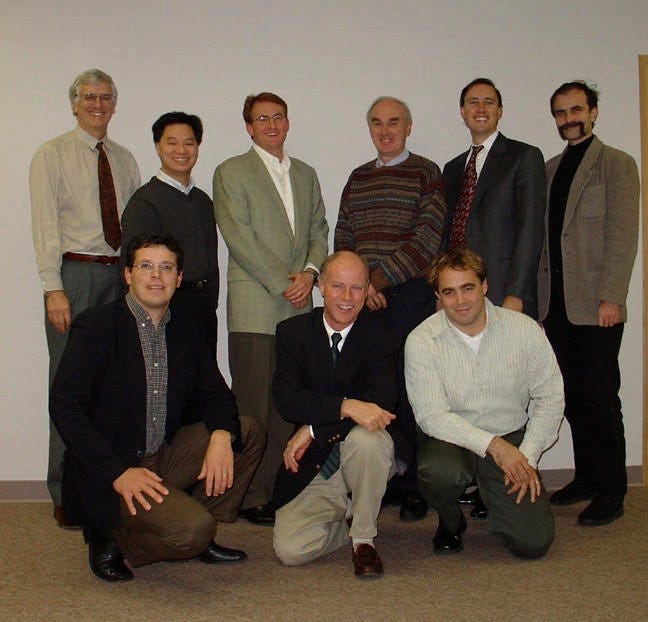

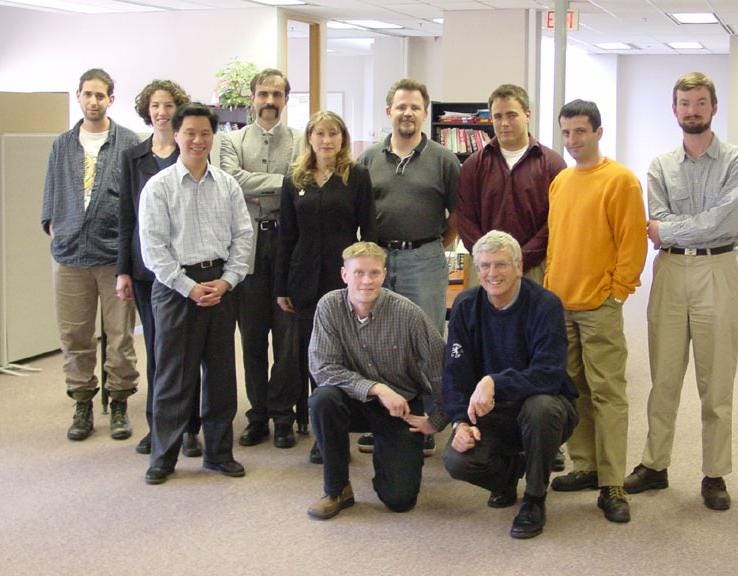
Eric Ladizinsky
I was first introduced to Eric by Colin Williams, I’m guessing around 2002. (Colin wrote the first book I ever read about quantum computing which was the source material for the presentation I gave at Haig’s class, which led to D-Wave being founded in the first place. Colin would eventually join the company around 2010-ish). Eric and I got along great from the first call. Throughout the history of the company Eric has been one of the main visionaries and his leadership has been critical throughout.
Aside from being the most knowledgeable person I’ve ever met on anything having to do with fabricating superconducting processors, Eric is also hilarious. One time we got lost somewhere in Southern California and long story short I still to this day think of him as Salsudo Torta.

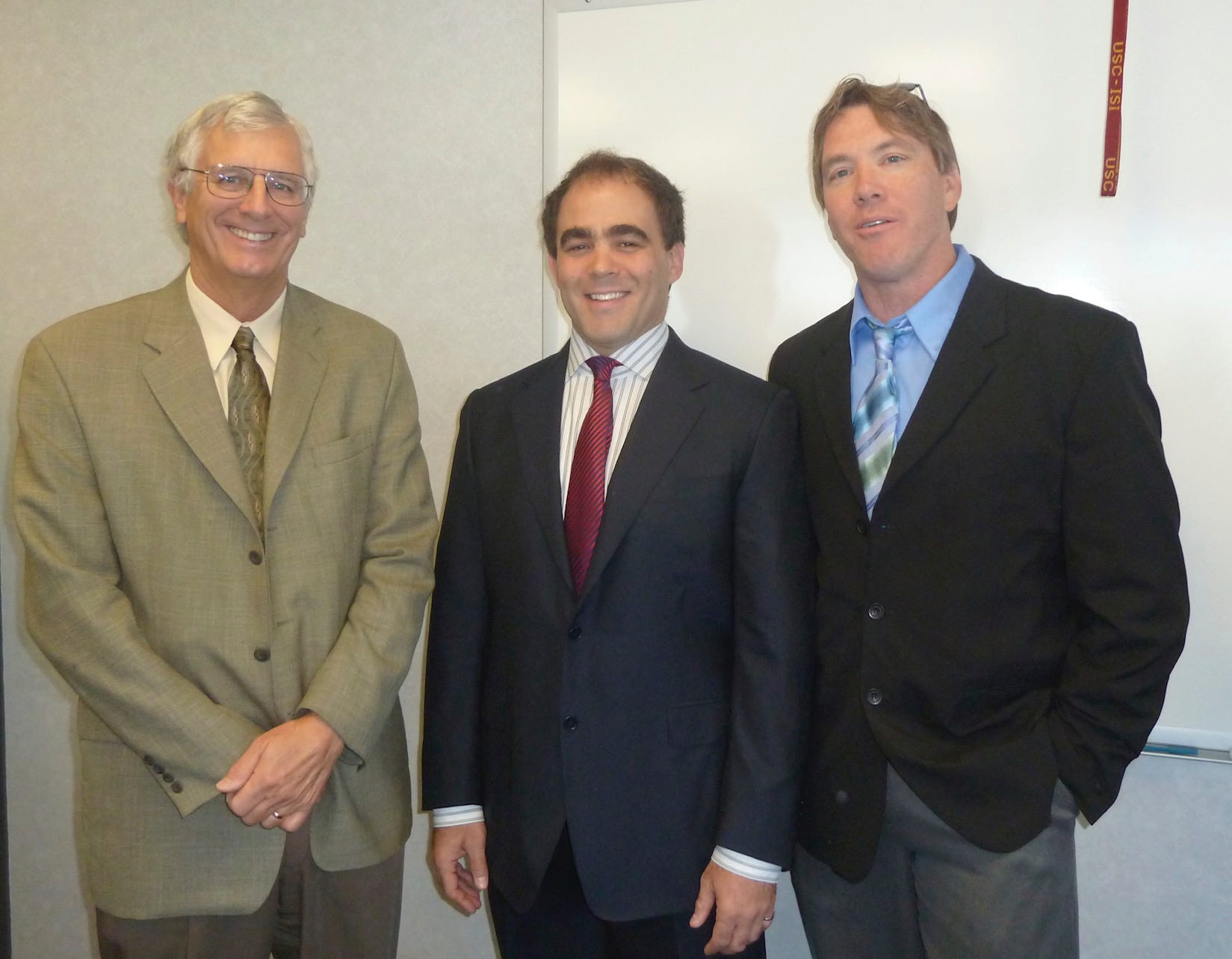

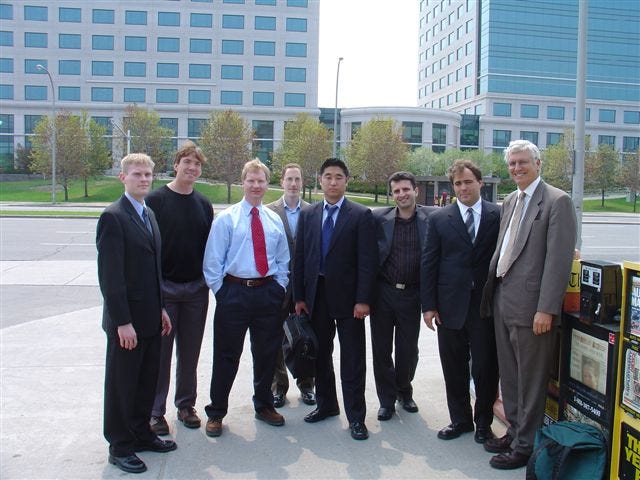

Mark Johnson
Mark was introduced to me by Eric in 2004. Together with Paul Bunyk, the three of them worked for TRW in the early 2000s. Back then, TRW had the most advanced superconducting processor group in the world. Mark and Paul were key guys there.
Mark has been a central figure in the D-Wave story since he joined back in 2005. He is now the Senior Vice President, Quantum Technologies and Systems Products, the top technology role in the company.
This is a clip I found of Mark (taken in May of 2005), not sure exactly what was going on but it’s pretty funny.
This next one is of Andrew, Mark and Paul Bunyk celebrating getting the 16-qubit Europa processor working in 2007. We used that processor to solve a bunch of different small optimization problems, including ones generated by solving Sudoku. This picture was taken right after the first time we succeeded at doing that.
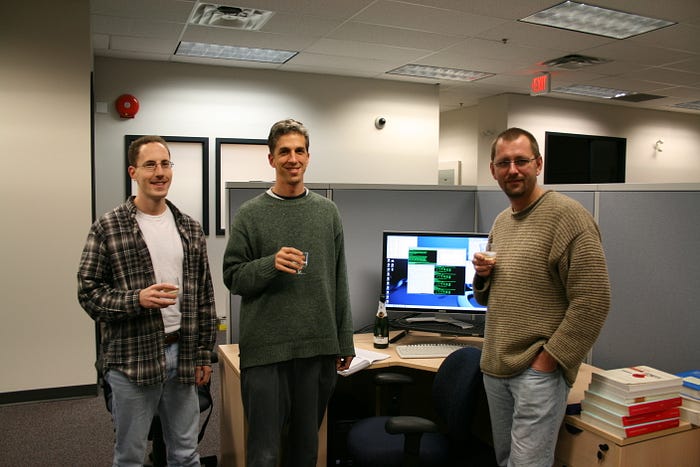
Paul Bunyk
Paul was the greatest superconducting processor engineer in human history, by a wide margin. The stuff he invented was absolutely mind boggling.
One of the stories I want to eventually properly tell is about the transition from the 28-qubit Leda processor to the 128-qubit Rainier processor. Paul single-handedly invented pretty much every single technology that allowed superconducting processors to scale up to arbitrarily large sizes. Paul is the reason why we have 5,000+ qubit processors now. And what’s more, all of these innovations happened at the same time, and they all worked flawlessly the first time we built them. I don’t think I will ever see such a technological tour de force ever again.
Unfortunately Paul passed away last year. He is sorely missed.
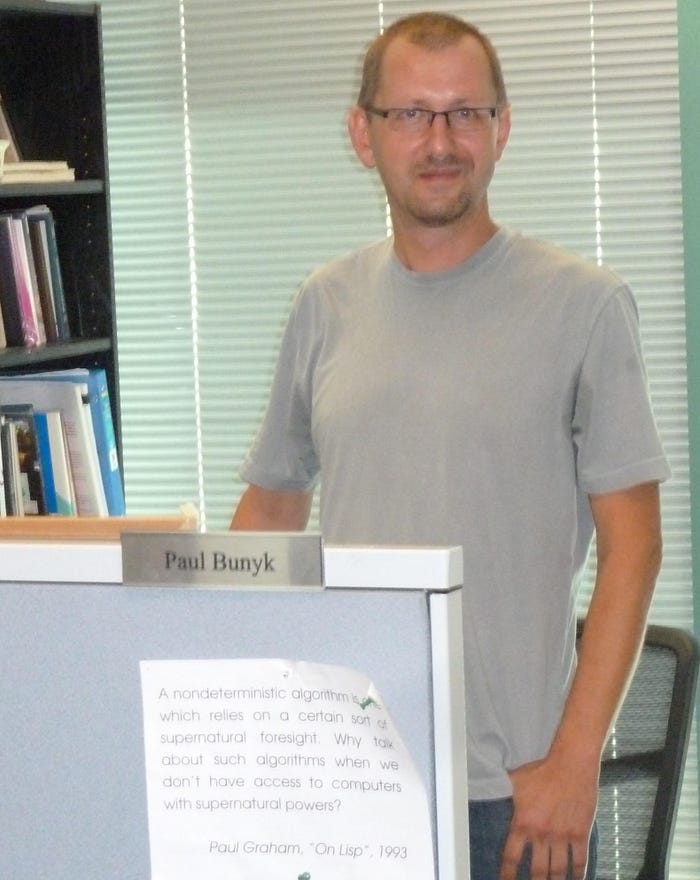
So many more!
The crew who I worked with at D-Wave are some of the best people I’ve ever met. There are too many to list here. If I missed you I’m sorry. If you have any photos from the early days, send them to me and I’ll add them.
During the time I was at D-Wave, there were so many heroic accomplishments and saves from certain death. Many of the stories I’ll someday tell have to do with resilience and overcoming adversity.
The people who work at D-Wave are true believers in what quantum computation can and should become. They have demonstrated over and over again that they are not going to stop until this technology matures enough to change the world. Quantum computation is not the sort of thing that just shows up one day. Its promise will be realized from steady incremental engineering, and that takes persistence and time.
One of my high school coaches used to say something that really stuck with me:
Success is measured not by winning or losing, but by the size of the obstacles overcome.
This remains one of my core beliefs about what is a life well lived. The team at D-Wave embodies what in my view success really means.
For many years I used to compare the company to Google, which was founded around the same time. I was frustrated that we were not as successful.
Over time I have changed my perspective about this. While D-Wave is not as commercially successful as Google/Alphabet, and likely never will be, I feel more proud of what we accomplished than if I’d been fortunate enough to be Larry or Sergey. That may sound weird, and maybe it is a bit of a rationalization. But it is true that as I’ve gotten older I have begun to feel that dollars are not the only thing that matter for whether you’ve been successful or not. My old coach was on to something.
I am very proud of everything we accomplished while I was there. We thought we could change the world for the better, and we did.
Even though what the company and team have already accomplished is legendary, I think the best is yet to come. Some of the new technologies under development now are just as innovative and interesting as the best of the stuff we built when I was there.
I am looking forward to many more years of innovation and pushing the boundaries of what is possible from the company … and to another 20+ years of Rose’s Law!
